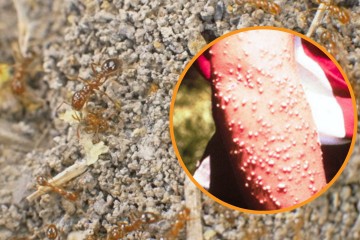
Just a queen ant’s flight away: Alarm as fire ants found only 5km from NSW border
A new outbreak of highly invasive fire ants has just been discovered only 5.5km from the NSW border at a pony club in Tallebudgera. The outbreak is 8 km further south than the recent Miami High School outbreak.




















